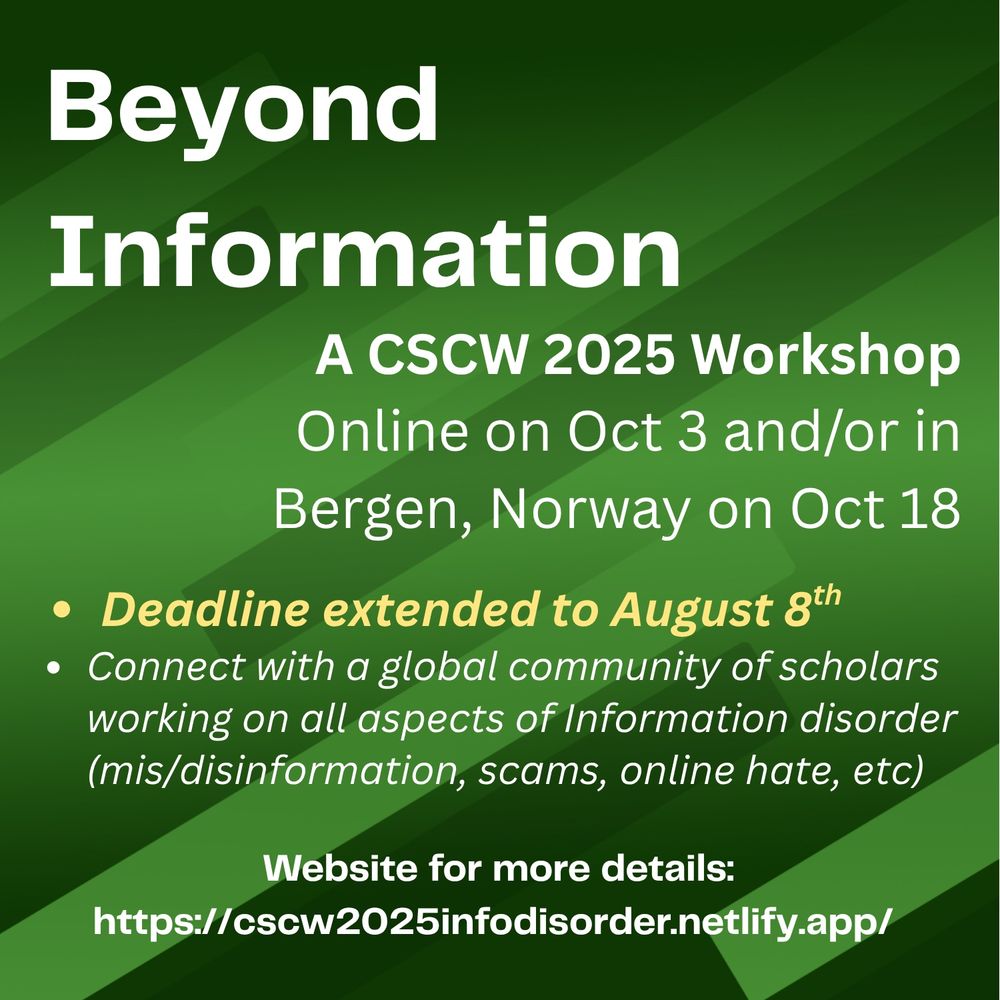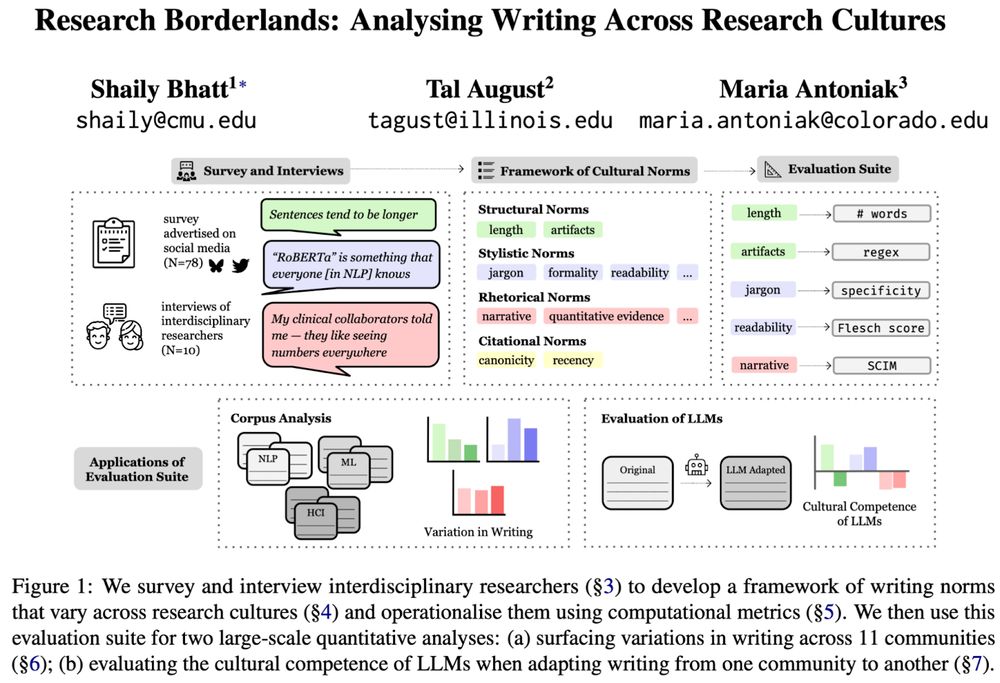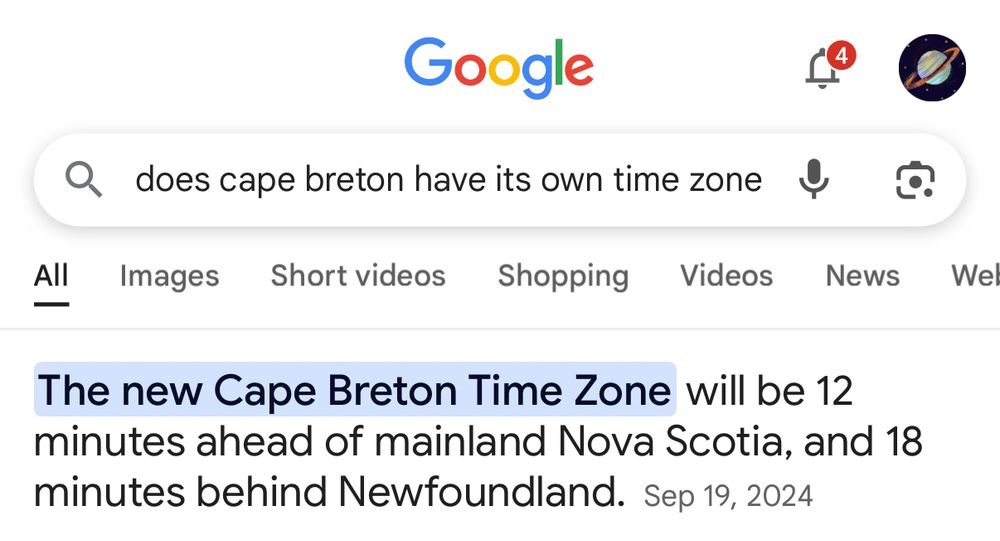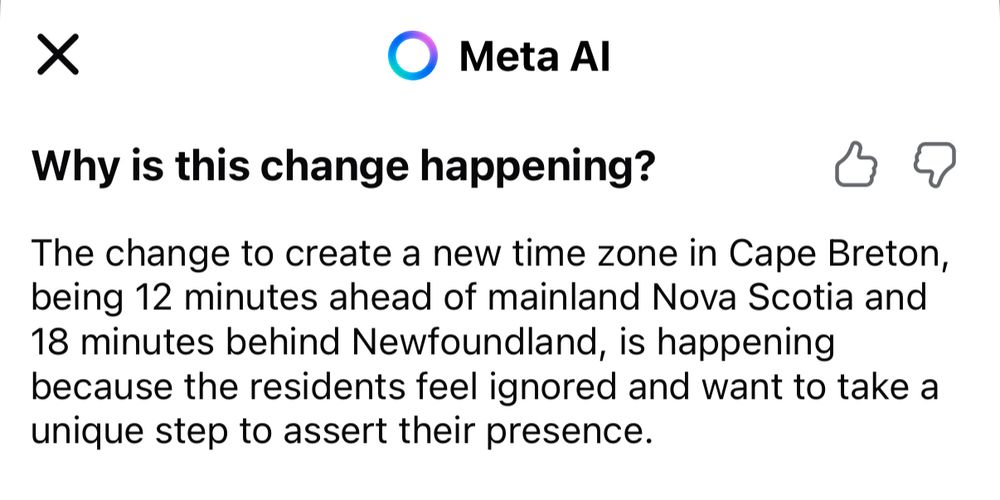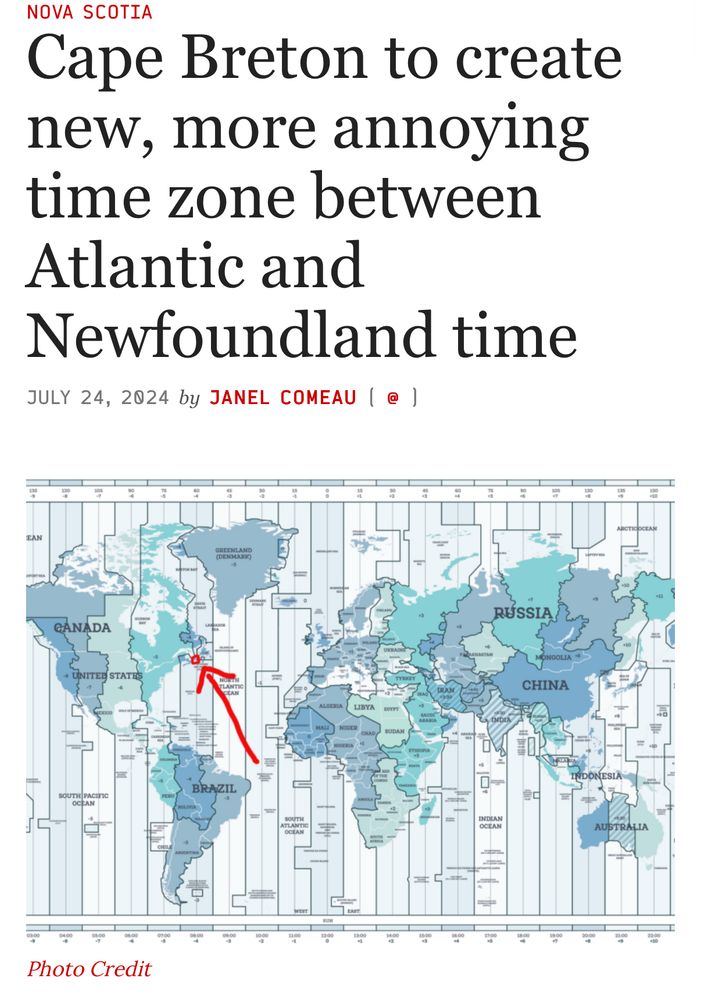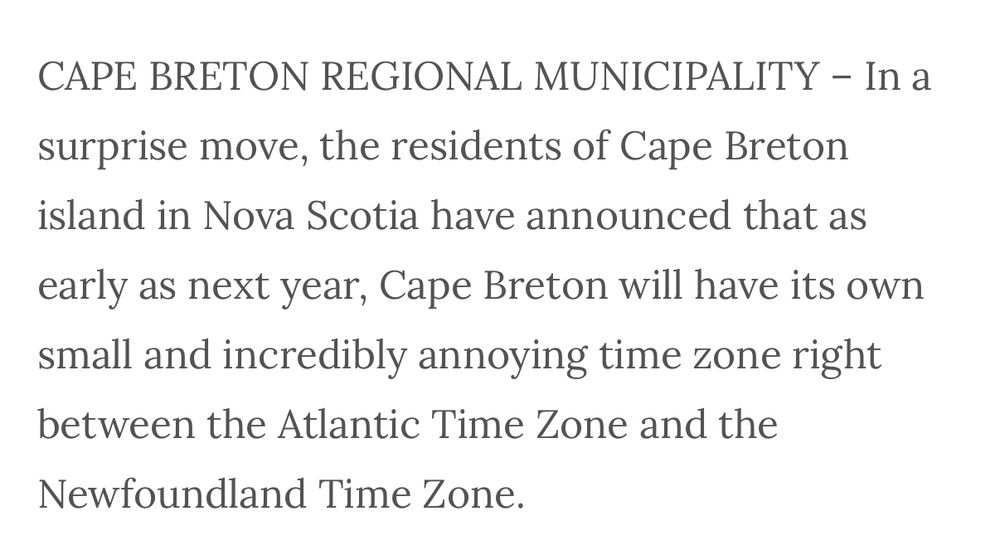Marianne Aubin Le Quéré
@mariannealq.bsky.social
1.6K followers
380 following
100 posts
Postdoctoral Fellow @ Princeton CITP. ex-Cornell PhD, future UIUC asst prof (fall 2026).
Looking at AI's impact on information ecosystems and news consumption. social computing, computational social science & journalism
mariannealq.com
Posts
Media
Videos
Starter Packs
Pinned
Reposted by Marianne Aubin Le Quéré
Reposted by Marianne Aubin Le Quéré
Reposted by Marianne Aubin Le Quéré
Reposted by Marianne Aubin Le Quéré
Reposted by Marianne Aubin Le Quéré
Reposted by Marianne Aubin Le Quéré
Reposted by Marianne Aubin Le Quéré
Reposted by Marianne Aubin Le Quéré

















